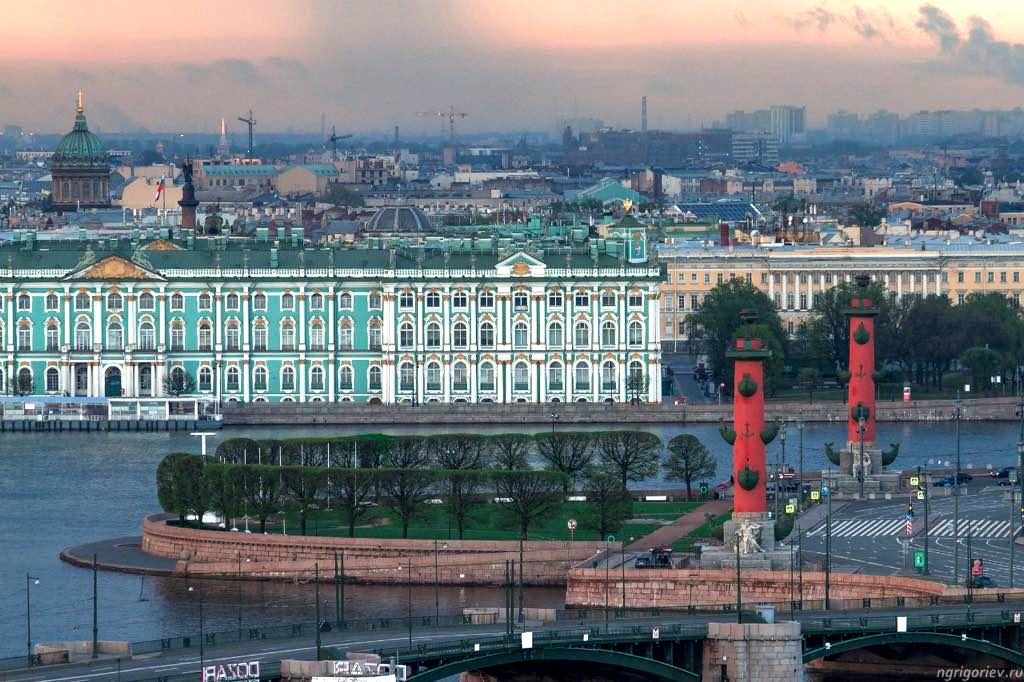
What’s so French about Saint Petersburg? Quite a lot, surprisingly. I was recently invited to visit the watery Russian city on the Gulf of Finland, with its canals, river and sea, and found it to be almost a museum of French cultural influences, mixed, of course, with those of other European countries that were admired and copied by Peter the Great (1672-1725) when he founded the city in 1703 in an effort to modernize his country and open it up to the West.
Peter famously invited European culture and languages into Russia and encouraged their use. The Russian aristocracy chose French as its everyday language in the late 18th century and early 19th century, and Catherine the Great (1729-96) not only made it the official language of the court during her reign but also corresponded with the great Enlightenment philosophers Voltaire and Diderot. Catherine even purchased Voltaire’s library after his death in 1778. The nearly 7,000 books, many of them annotated by the philosopher, are now housed in the National Library of Russia in Saint Petersburg.
Catherine and Voltaire never met, but Diderot was invited to Saint Petersburg by the empress in 1773 and met with her privately at least 40 times. In the end, however, his modern thought had little influence on her, and he came to realize that there was no such thing as an enlightened despot. For her part, Catherine’s infatuation with France flagged notably when royal heads started to roll during the French Revolution.
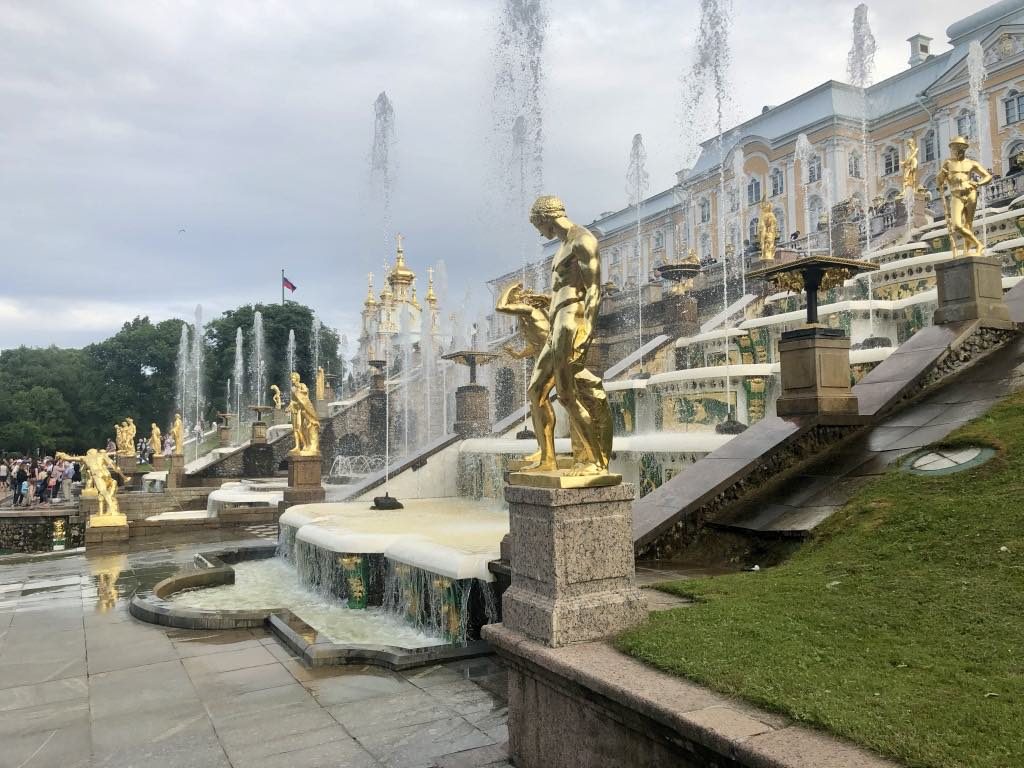
Today, only 4 percent of the Russian population speaks French, according to Wikipedia, but the French influence lives on, set in brick in the architecture of the city’s buildings, for one thing. Peter the Great’s Peterhof Palace, outside the city, was built from 1714 to ’28 expressly to rival Louis XIV’s Versailles and certainly outdoes it in terms of gilding and crystal chandeliers. Its gardens were designed by Frenchman Jean-Baptiste Alexandre Le Blond (who had worked with famed French landscape architect André Le Nôtre).
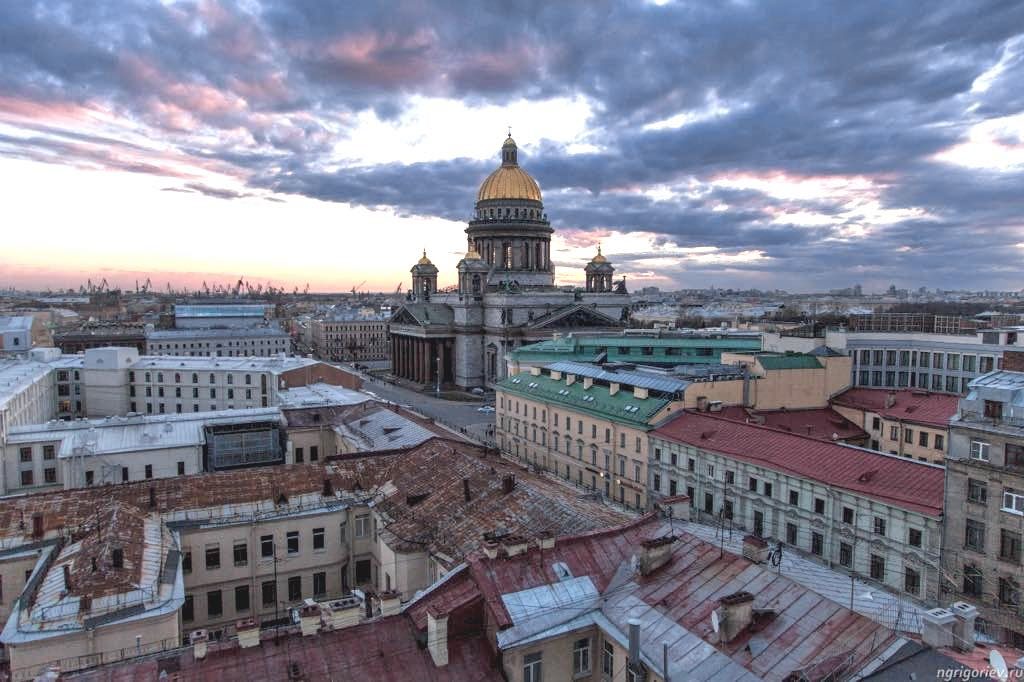
Le Blond was appointed chief architect of Saint Petersburg in 1716 and helped create the new city. Many other French architects were invited to Saint Petersburg and contributed to the city’s harmonious appearance, with handsome buildings of standard height creating a pastel-colored frieze of great beauty punctuated by enough monuments, churches, mansions and palaces to boggle the mind. The very site of the city can be credited to engineer Joseph-Gaspart de Guerin, who helped Peter the Great choose it
Architect Thomas de Thomon, a refugee from the French Revolution who arrived in Saint Petersburg in 1789 (a little over a century later, many White Russians would be heading in the other direction, fleeing their own revolution to settle in France), designed the Old Stock Exchange, which will soon house the heraldry collection of the State Hermitage Museum.
Neglected during the Soviet years, the city’s buildings have been restored to their original state of grace since Russia hosted the World Cup in 2018. Today, the city center is a well-preserved repository of three centuries’ worth of architecture, from Baroque and Neoclassical to a few remaining Stalinist bunker-like buildings and the rare modern structure.
French art also has a strong presence in Saint Petersburg. The State Hermitage Museum, which occupies 13 (soon to be 14) buildings in the city, including the Winter Palace, is home to an important collection of French Impressionist and Postimpressionist paintings, which is now housed in the General Staff Building, across from the Winter Palace.
In the realm of ballet, where France and Russia competed for predominance, the Frenchman Marius Petipa transformed the troupe of the Mariinsky Theater in Saint Petersburg into the leading European company during his 60-year reign there.
And let us not forget that the city’s main drag, the Nevsky Prospekt, is known as the “Champs-Élysées of Saint Petersburg.” Lined as it is with many handsome palaces and intersected with canals, I found it more pleasant than Paris’s “most beautiful avenue” in spite of the traffic.
Today, Saint Petersburg, or at least its historic center, is a clean, beautiful, bustling place where visitors are never at a loss for something to do, with some dozens and dozens of museums and palaces to visit. Many bars and cafés are open all night long in the summertime, and the city is particularly beautiful when powdered with snow in the winter.
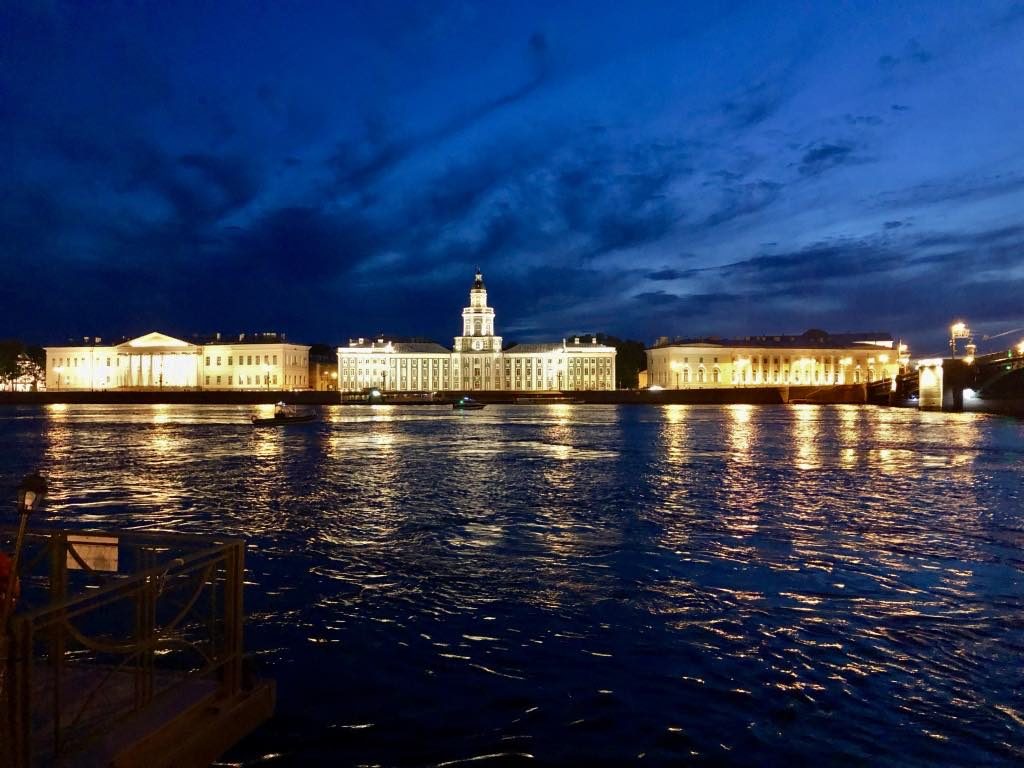
One of the coolest things to do in the summer, when the sun almost never stops shining during the White Nights, is to watch the raising of the drawbridges on the Neva River. From May to November, the magical spectacle begins at Palace Bridge at 1:25 am, after which the other bridges open one by one, allowing a cavalcade of working boats to pass. Just make sure you don’t get trapped on the wrong side of the river (although I heard from one of the natives that a long walk home through the White Night with the right person can be quite a romantic experience). Late-night boat trips are a good way to see the show.
Saint Petersburg offers a wide choice of accommodations, ranging from the luxurious five-star Four Seasons in a converted palace in the historic center to the modern, reasonably priced Green Apple Hotel.
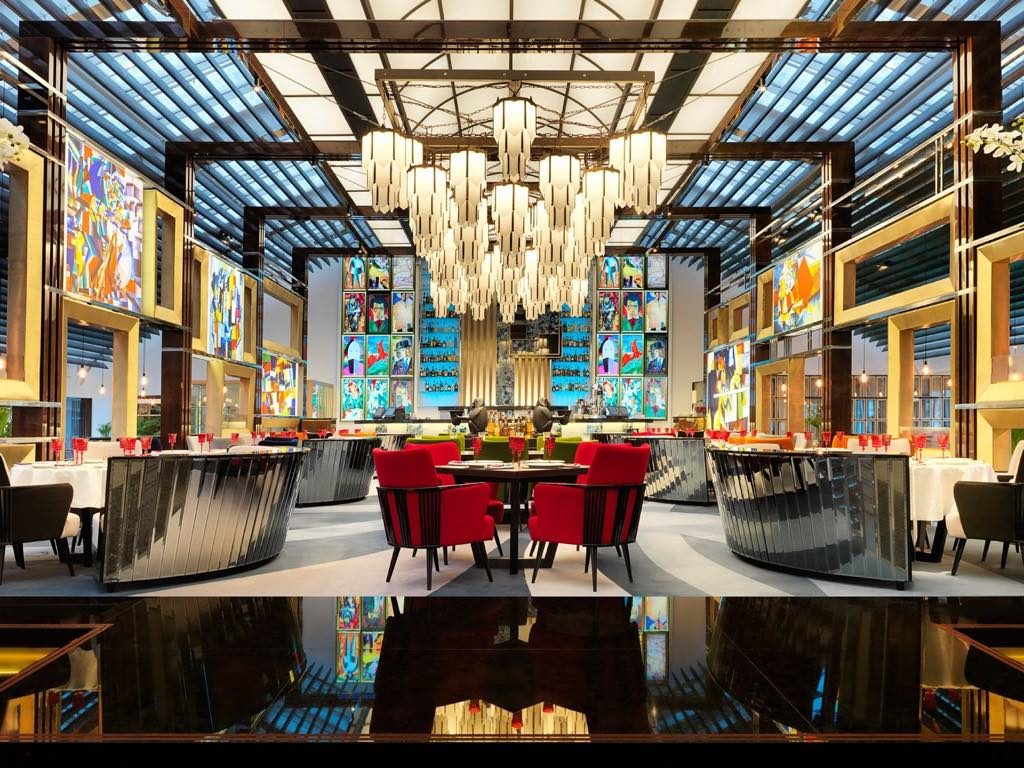
Capitalism has obviously triumphed in Saint Petersburg, with Western chain stores (everything from Subway to Max Mara) everywhere and late-model cars on the road. And good restaurants were surprisingly abundant in the city. My favorites were Gastronomika, unpromisingly located on the rooftop of a shopping mall but where the refined gourmet food lives up to the name, and meat specialist Blok, another rooftop restaurant with a spectacular, highly colorful decor. For good traditional Russian food in an old-fashioned setting, I can recommend the Russian Vodkaroom №1.
Note: the city’s official tourism site offers a wealth of good information on Saint Petersburg in English.
Favorite
I thoroughly enjoyed this article, with a fascinating angle on St Petersburg. I’m fed up with reading about the latest “hot” or “cool” or “hip” place to go and instead you provided historical insight as well as the flavour of the modern-day city, which, it seems, still holds its magic despite the arrival of global brands.
Your beautifully illustrated and informative article makes me want to visit St. Petersburg ASAP. How do prices (restaurants, cafés, hotels) compare to Paris or another capital city?
Thanks to both of you! I would say that prices are far more reasonable in Saint Petersburg than in Paris. A three-course meal in the restaurant Blok mentioned above, for example, would cost on average about €30 (without drinks), while a room in the hotel Green Apple is around €56, depending on the season. This site gives a list of some prices: https://www.numbeo.com/cost-of-living/in/Saint-Petersburg
Enjoyed reading your article on St Petersburg. It brought me a step closer to my visit there.